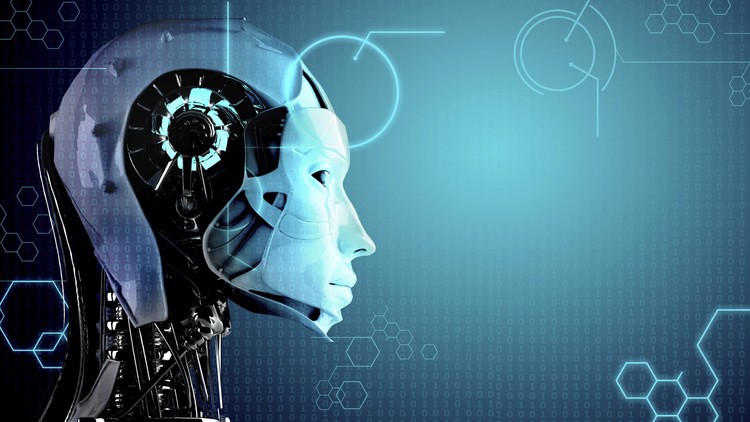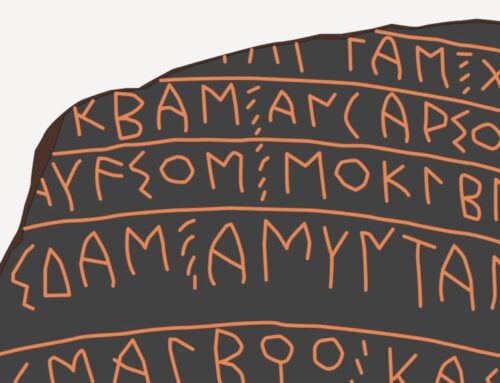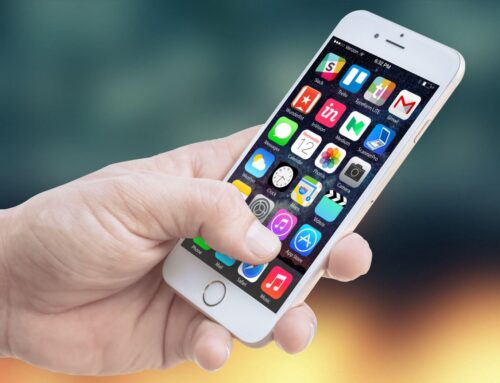Artificial intelligence (AI) has infiltrated numerous aspects of our lives in recent years, thanks to improvements in the field of machine learning, where computers ostensibly program themselves. This drive towards digital self-learning has led to major breakthroughs in our day-to-day interactions with machines, most notably the rise of digital home assistants such as Amazon Echo, and the recently launched Google Lens, which identifies objects based on visual cues from your phone’s camera.
One of the most widely-discussed advances has been the use of AI in translation. Not unlike the Babel Fish from The Hitchhiker’s Guide to the Galaxy, with AI translation, “you can instantly understand anything said to you in any form of language.” The technology works by recognizing words individually and then, as MIT Technology Review puts it, “takes advantage of the fact that relationships between certain words…are similar across languages” to create its translations.
It has already found its way into a number of our most commonly used websites and platforms, with even grander plans in the pipeline – but just how reliable is the technology?
How AI is breaking the language barrier
There’s every chance you’ve already seen AI translation in action, whether on your Facebook feed or through browsing international pages in Google. Microsoft has recently developed its own Translator app, which not only translates text, but also speech, images, and street signs. Microsoft’s big breakthrough with this app is the fact that Translator can run offline, which has ideal real-world advantages for those traveling in areas with limited connectivity.
Facebook’s translation system underwent a major overhaul last summer, introducing AI as its primary method. While the system initially worked by translating phrases, AI takes the context of an entire sentence into consideration, making for much more accurate results. The site’s “rate this translation” function also allows the neural network to update in real time through user input.
AI translation has its limitations
Speaking to Wired about deep learning in general, one Google researcher noted that “People naively believe that if you take deep learning and…1,000 times more data, a neural net will be able to do anything a human being can do, but that’s just not true.” Despite its rising popularity, AI translation is not quite there yet compared to experienced human translators.
A recent contest in South Korea pitted machine translation tools against a team of professionals in translating two texts from Korean to English and vice versa. According to VentureBeat, the results of the 50-minute test revealed that “90% of the NMT [neural machine translated] text was ‘grammatically awkward,’ or… definitely never the kind of translation produced by any educated native speaker.”

Likewise, the translation functionality of the highly touted wearables Google Buds seemed like a damp squib on their release, with reviews noting that they were “too awkward and imperfect to be of much use.” While an instant translation may be useful on the go, a company translating their website, for example, should have their entire site translated by human experts rather than machines. As Global Voices notes, online translation services do not allow for easy accommodation of text expansion: “While your website might look ideal in English, you may need to create an entirely different… basic visual outline of your page in order to accommodate longer words and sentences.”
Is there an artificially intelligent future for translation?
None of this is to say that AI translation is a pointless endeavor by any means, and some startups are finding ways to combine human and machine translations. By its very name, Unbabel suggests that it is not the kind of catch-all solution that the likes of Microsoft and Google are offering. It is based in part on AI but, as TechCrunch notes, “is designed to augment machines with humans and vice versa… depending on the type of content…and the appropriate trade-off between speed and accuracy/nuance.”
Until AI can be as accurate as a human translator, a platform like Unbabel, which recently secured $23 million in funding to continue its development, could provide a workable future for machine translation. With assistance from human translators, who can not only correct but help teach them in a way that machines cannot teach themselves, AI translation could find itself on the right track. For now, however, the technology is arguably not yet fit for purpose on its own.
by Simon Davies via digitalist mag






Leave A Comment
You must be logged in to post a comment.